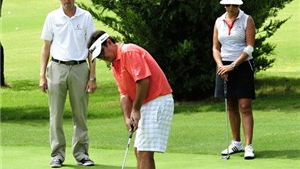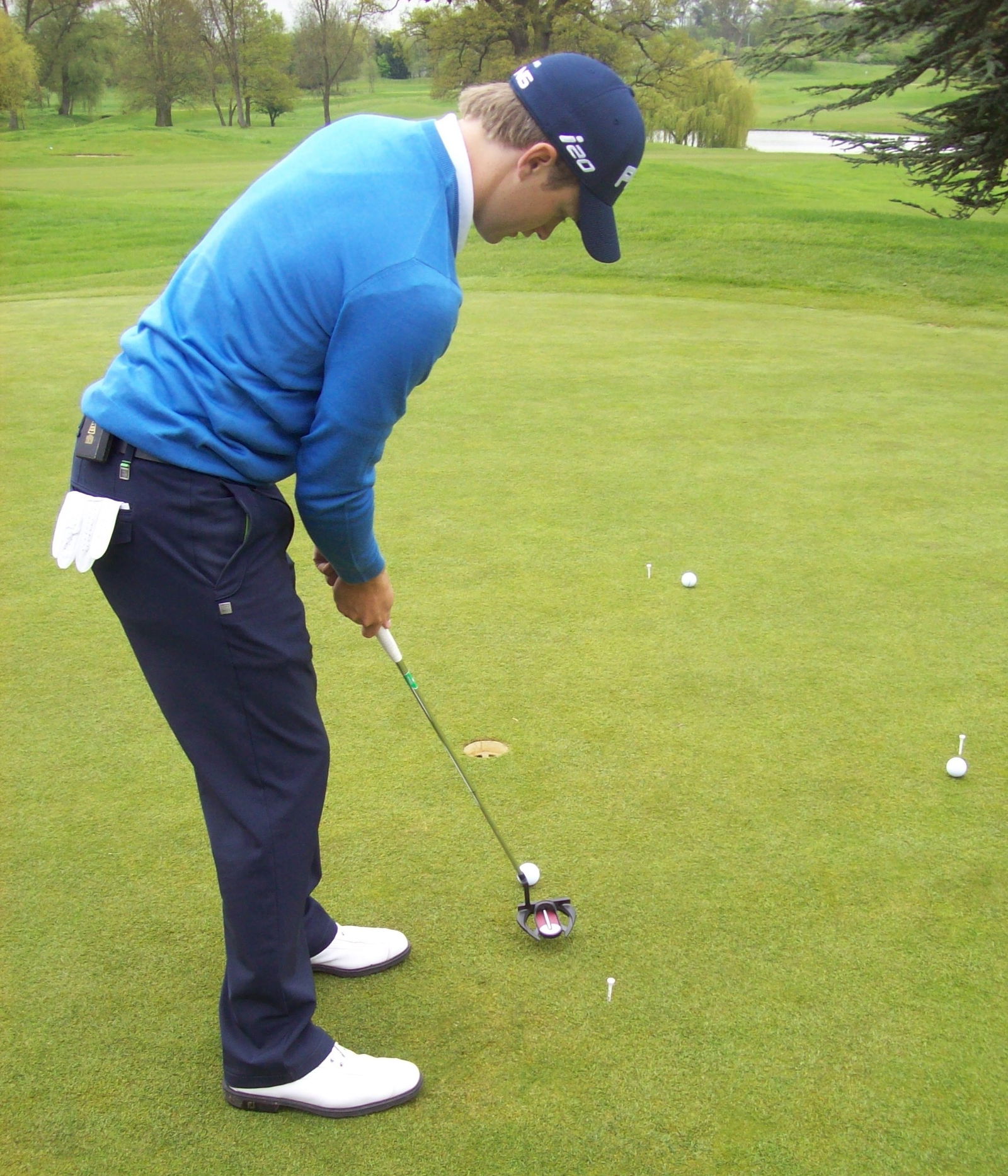The science of reading greens
Coaching courses at Las Colinas to help improve your putting

To many golfers, reading greens is an inexact science based chiefly on feel, confidence and the consistency of the putting stroke.
Every green is different in terms of slope and texture and some even have grain - the way the tiny blades of grass lay in relation to the climate - that has to be factored in to the putt.
But in this emerging technological world there’s bound to be at least one method that offers a short cut to green-reading accuracy and Robert Mitchell, head PGA pro at Las Colinas Golf & Country Club in Spain, claims to have found it.
The innovative AimPoint green-reading method has been used by the Golf Channel in the US since 2007 for live broadcasts, and Mitchell, the first certified AimPoint instructor in Spain, is staging a series of coaching courses to help golfers get to grips with understanding why a putt rolls and breaks.
As he explains, exclusively to Golfmagic, there are certain basics of green reading.
“Three factors are responsible for the break on a putt, he tells us. “These are distance, angle and time.
“The ball will always break downhill with the exception of a ball blown off course by wind but will not necessarily break towards water features or mountains.
“A downhill putt needs to be rolled slower than an uphill putt of the same distance. It will take longer for the ball to complete its journey and so will be affected more by gravity, causing downhill putts to break more than uphill putts.”
Mitchell adds that a putt which is ‘under read’ will generally finish further away from the hole than one that is ‘over read’ by the same amount. And as many of us know, this is never more clearly illustrated than by the term ‘keeping the putt on the professional side of the hole’.
By allowing a little more break or borrow on the high – ‘professional’ – side of the hole, has the perception of making it even wider than its 4.25 inches and gives the ball a chance to drop in on the side or even towards the back.
Throughout August and September, Mitchell will guide participants through a series of two-hour clinics, showing where to aim, using a scientific formula to accurately predict how putts will roll. It’s a system that has already been followed successfully by many Tour pros, including Sir Nick Faldo, Padraig Harrington and Justin Rose.
For further information visit the Las Colinas Academy website.
Remember to follow @Golfmagic and like our Facebook page for all the latest golf news.
��

